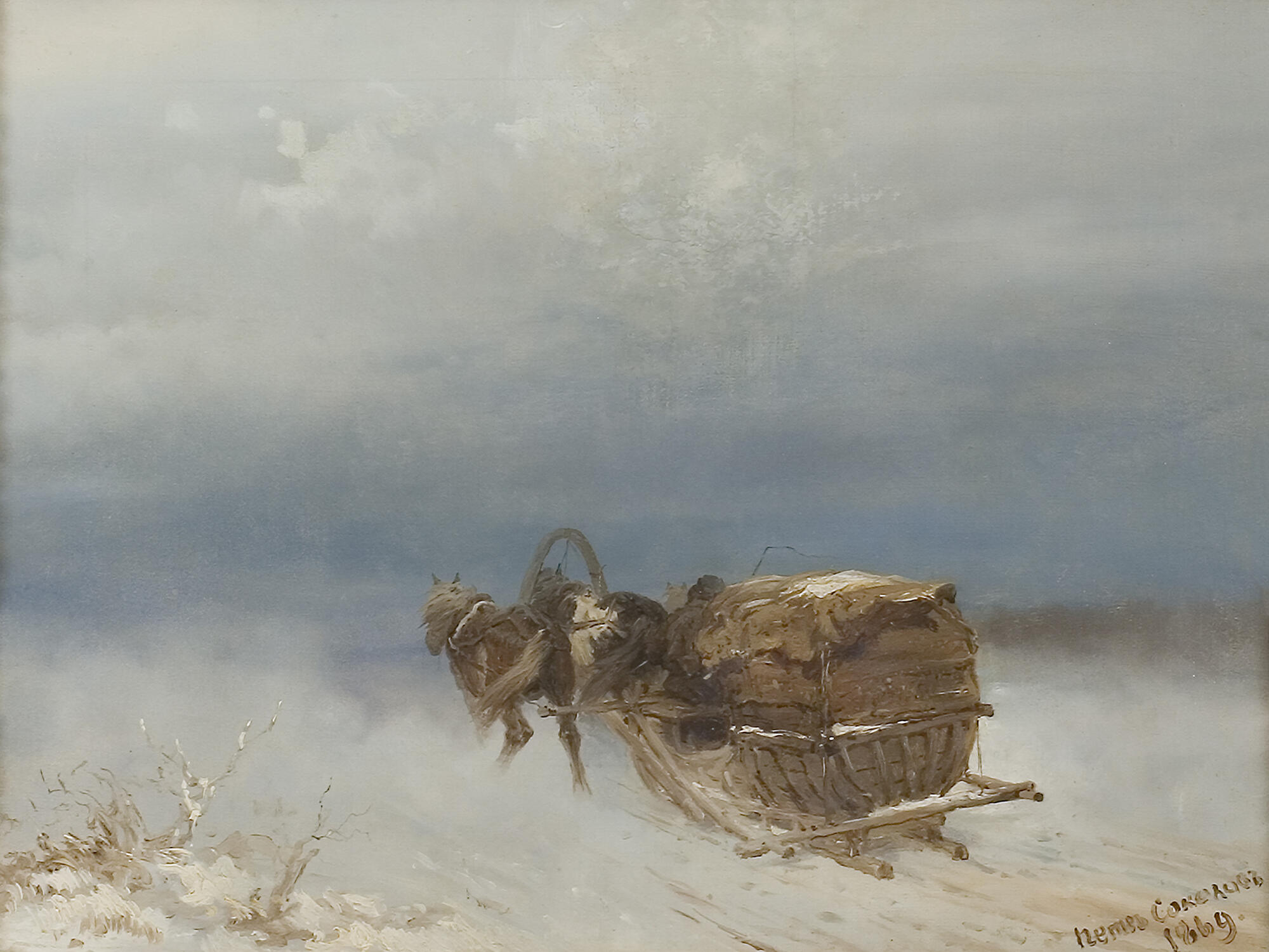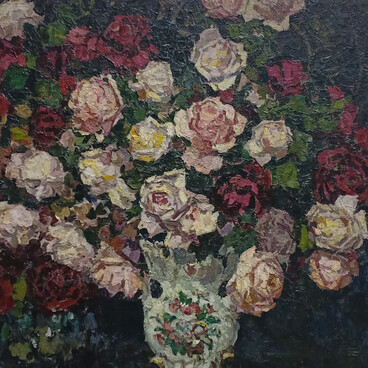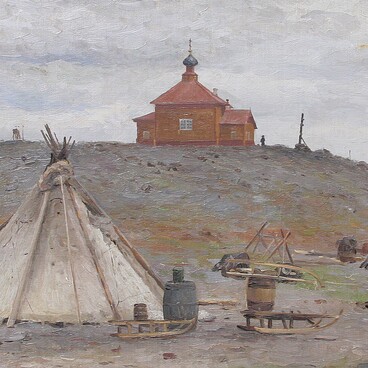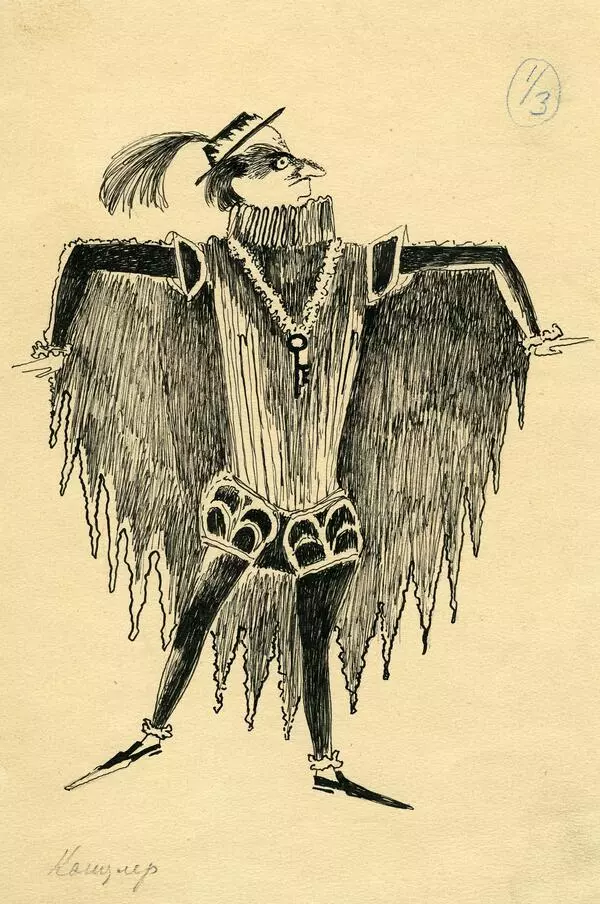Pyotr Petrovich Sokolov was the son of the prominent Russian watercolorist Pyotr Fyodorovich Sokolov, brother of the artists Pavel and Alexander Sokolov, and nephew of Karl Bryullov. Pyotr Sokolov inherited his father’s talent and inclinations: he also painted watercolors. However, the main theme of his works did not continue the family tradition. Pyotr Sokolov entered the Academy of Arts and studied there for three years, although he did not complete his education. Among his teachers was the famous Karl Bryullov. But young Sokolov was not interested in his teachers, nor in mythological plots, nor in the canons of academic painting. He left the Academy.
The artist traveled a lot, and even witnessed the military actions in the Russo-Turkish War. He made many sketches of everyday scenes everywhere he went, painted portraits and illustrated books. However, he was increasingly attracted to depicting dynamic images and plots: running horses, hunting birds and animals, the relationship between people and animals. In this field, Pyotr Petrovich Sokolov achieved mastery, which was greatly appreciated by many people. At the end of his life, the artist was awarded the honorary title of academician, although it was not bestowed for his achievements in Academism: the painter’s works during his lifetime were highly sought-after, art museums and collectors wanted to acquire them. He loved what he painted, and he always painted what he had experienced and seen himself.
A tired troika, a cart with three horses, runs through a misty blizzard along a snow-covered road with bushes slightly outlined on its edge. The gray expanse extremely accurately conveys the state of nature and the feeling of the traveler riding in the cart.
This work is included in the collection of Russian paintings of the 18th — early 20th century of the National Art Museum of the Sakha Republic. Along with Pyotr Sokolov’s work, the collection includes paintings by Mikhail Shibanov, Vasily Tropinin, Fyodor Slavyansky, Ivan Aivazovsky, Ivan Shishkin, Arkhip Kuindzhi, Vasily Polenov, Isaac Levitan, brothers Vladimir and Konstantin Makovsky, Nikolai Kuznetsov and others. The diverse collection of Russian art reflects various facets of Russian artistic culture, styles and genres.
The artist traveled a lot, and even witnessed the military actions in the Russo-Turkish War. He made many sketches of everyday scenes everywhere he went, painted portraits and illustrated books. However, he was increasingly attracted to depicting dynamic images and plots: running horses, hunting birds and animals, the relationship between people and animals. In this field, Pyotr Petrovich Sokolov achieved mastery, which was greatly appreciated by many people. At the end of his life, the artist was awarded the honorary title of academician, although it was not bestowed for his achievements in Academism: the painter’s works during his lifetime were highly sought-after, art museums and collectors wanted to acquire them. He loved what he painted, and he always painted what he had experienced and seen himself.
A tired troika, a cart with three horses, runs through a misty blizzard along a snow-covered road with bushes slightly outlined on its edge. The gray expanse extremely accurately conveys the state of nature and the feeling of the traveler riding in the cart.
This work is included in the collection of Russian paintings of the 18th — early 20th century of the National Art Museum of the Sakha Republic. Along with Pyotr Sokolov’s work, the collection includes paintings by Mikhail Shibanov, Vasily Tropinin, Fyodor Slavyansky, Ivan Aivazovsky, Ivan Shishkin, Arkhip Kuindzhi, Vasily Polenov, Isaac Levitan, brothers Vladimir and Konstantin Makovsky, Nikolai Kuznetsov and others. The diverse collection of Russian art reflects various facets of Russian artistic culture, styles and genres.




